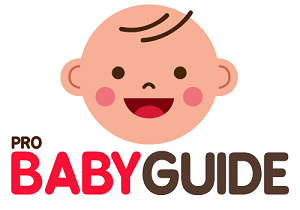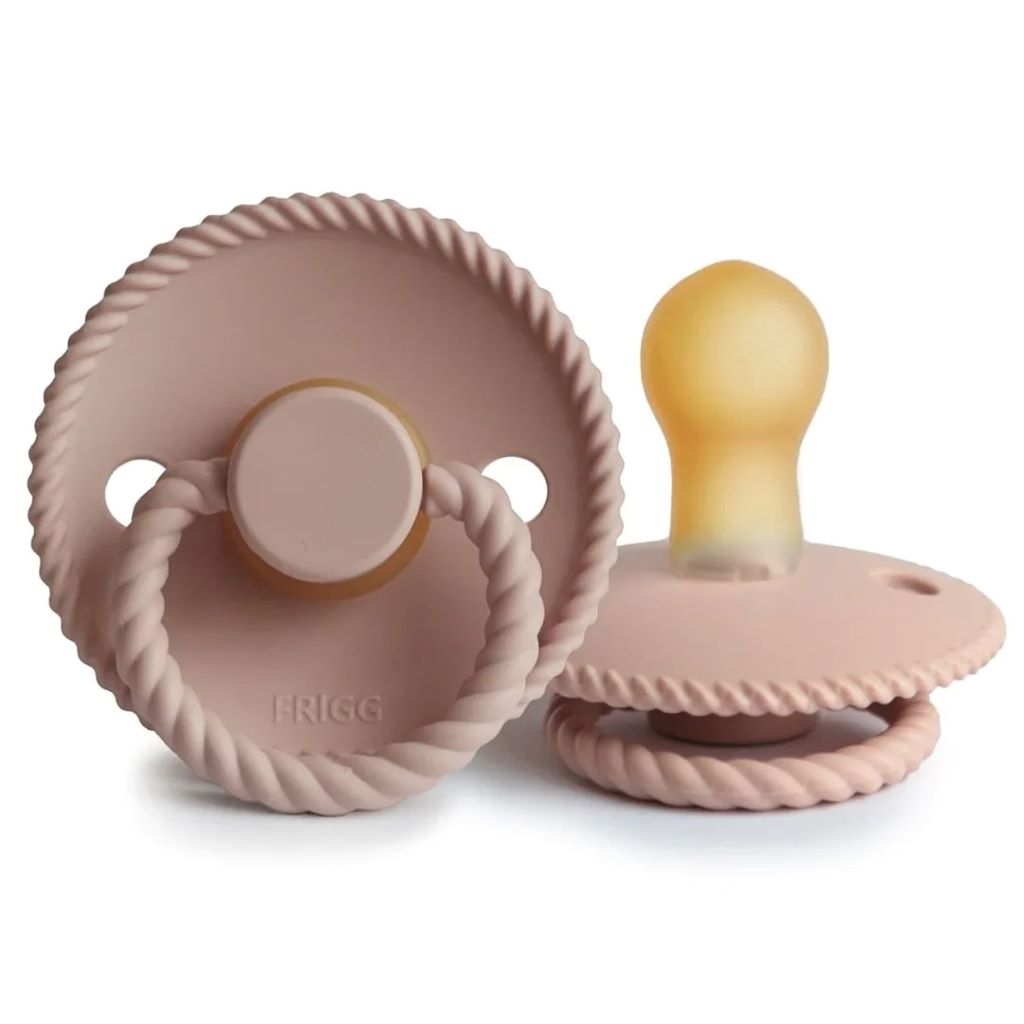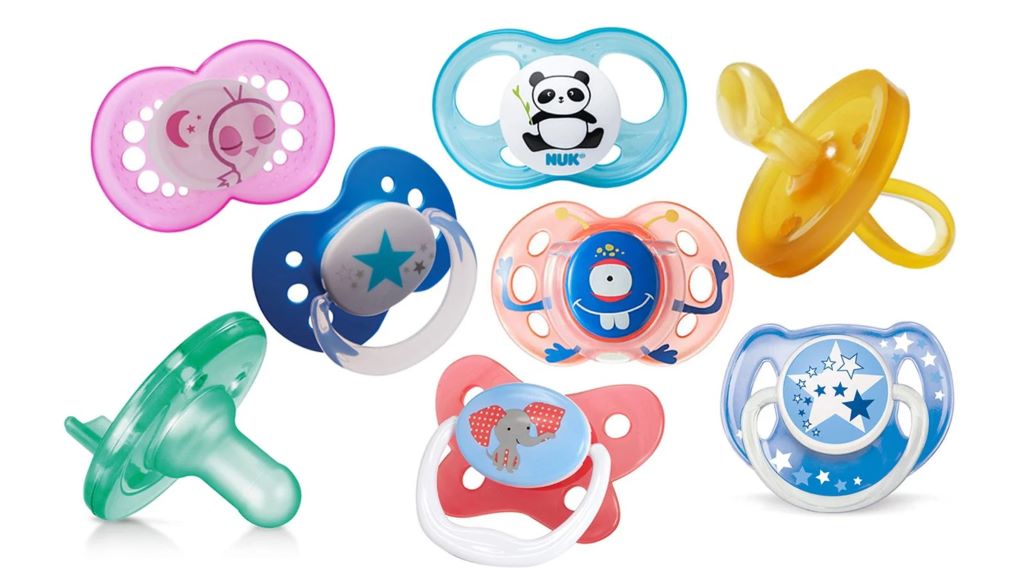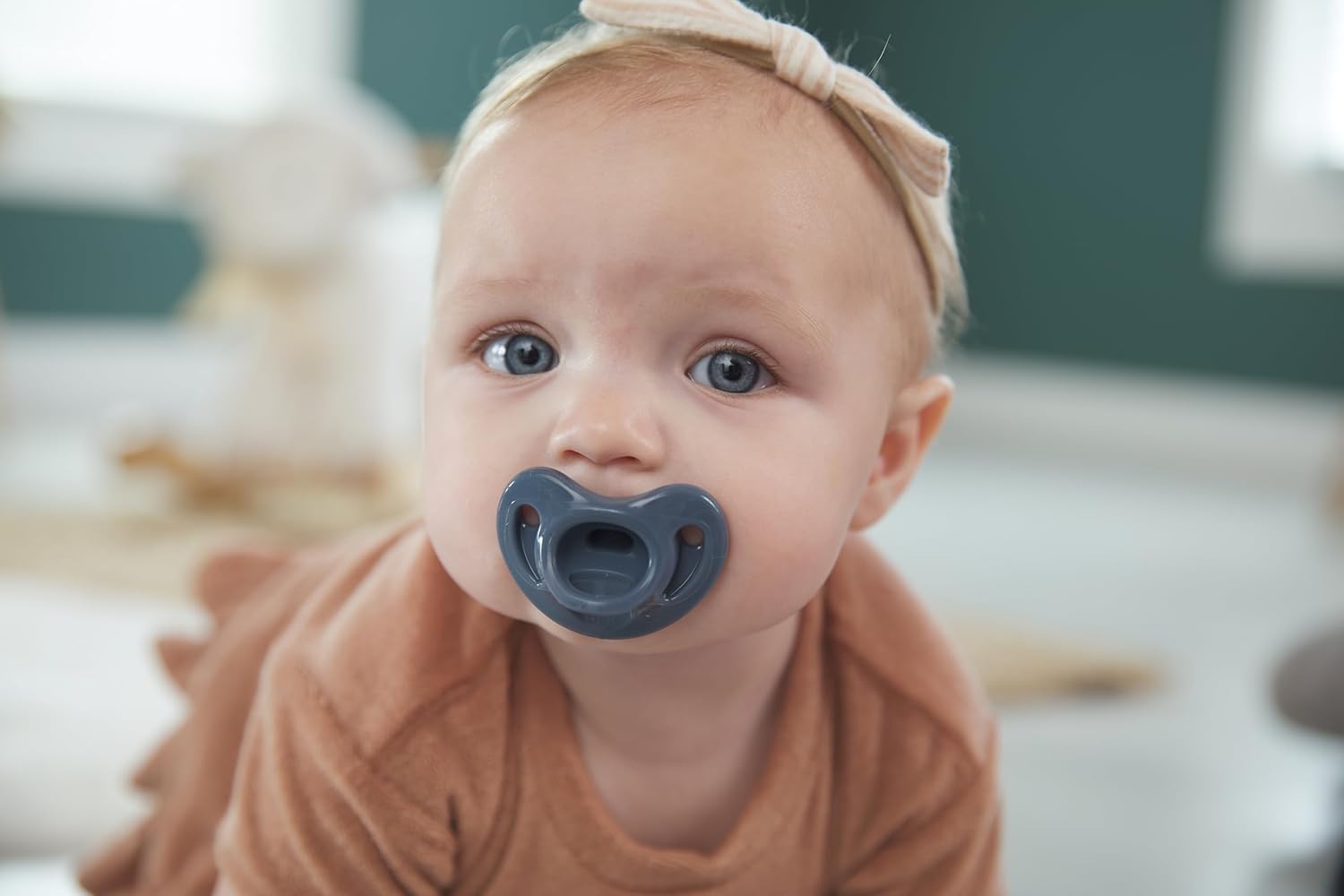Latex pacifiers, renowned for their softness and flexibility, can be a soothing companion for babies on the go. However, traveling with latex pacifiers requires some extra care and attention. This guide provides comprehensive information and practical tips for parents who prefer latex pacifiers, ensuring a smooth and stress-free journey for both parent and child.
Understanding Pacifiers
Latex pacifiers are derived from natural rubber, offering a pliable and comfortable feel for babies. They are particularly favored by breastfed babies due to their texture, which mimics the feel of a mother’s nipple. However, latex pacifiers can deteriorate faster than silicone ones, especially when exposed to heat and sunlight. This necessitates careful handling and storage during travel.
Preparing for Travel with Latex Pacifiers
Before embarking on your journey, follow these steps to ensure you have enough pacifiers and maintain their hygiene:
- Quantity: Pack an ample supply of pacifiers. Consider potential delays or unexpected events, and pack extra pacifiers accordingly.
- Storage: Invest in a pacifier case or container to keep the pacifiers clean and protected. Look for cases that are made from BPA-free and non-toxic materials.
- Sterilization: If your baby is younger than six months, sterilize the pacifiers before packing them. You can use boiling water, a microwave sterilizer, or sterilization tablets.
- Labeling: Label the pacifier case with your contact information in case it gets misplaced.
Maintaining Hygiene While Traveling
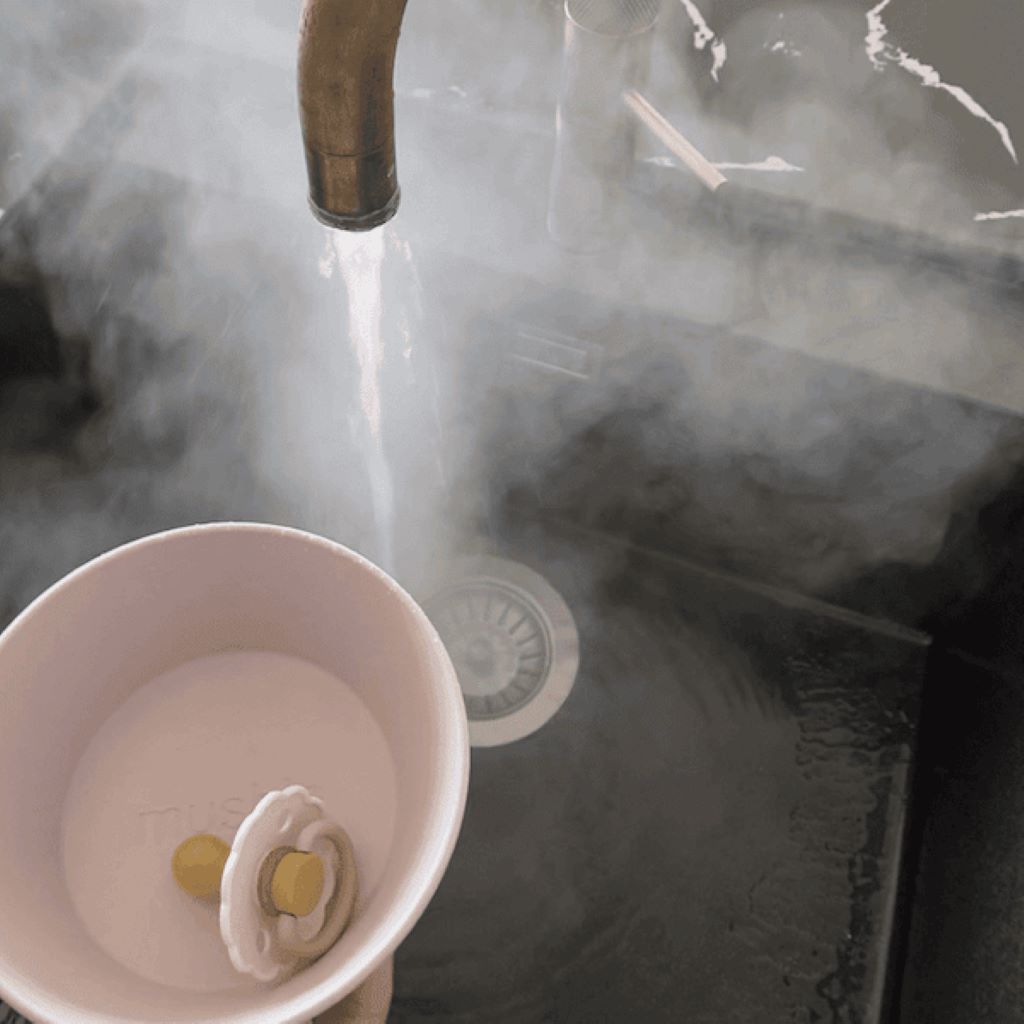
Hygiene is crucial when traveling with pacifiers, especially in unfamiliar environments. Follow these practices to ensure your baby’s safety:
- Handwashing: Wash your hands thoroughly before handling the pacifiers. If handwashing isn’t possible, use a hand sanitizer containing at least 60% alcohol.
- Cleaning: Rinse the pacifier with clean water after each use. Avoid using soap, as it can leave residue on the pacifier.
- Drying: Air-dry the pacifier thoroughly before storing it in the case. Avoid using towels or tissues, as they can harbor germs.
- Inspection: Regularly inspect the pacifiers for signs of wear and tear, such as cracks, stickiness, or discoloration. Discard any damaged pacifiers immediately.
Related: 10 Best Pacifier for Breastfed Baby (3-6months) in 2023
Additional Tips for Traveling with Latex Pacifiers
- Pacifier Clips: Attach a pacifier clip to your baby’s clothing to prevent it from falling on the ground and getting dirty.
- Teething Relief: If your baby is teething, pack a chilled teething ring to soothe their gums.
- Airline Considerations: Inform the airline staff that you are traveling with a baby and latex pacifiers. They might have specific guidelines or restrictions.
- Hotel Amenities: Inquire about the availability of bottle warmers or sterilizers at your hotel.
Related: Choosing the Right Silicone Pacifier: A Parent’s Comprehensive Checklist
Addressing Common Concerns
- Allergies: While rare, some babies may have latex allergies. If your baby develops a rash or other allergic reactions after using a latex pacifier, consult a pediatrician.
- Durability: Latex pacifiers are less durable than silicone ones and can break down faster when exposed to heat and sunlight. Regularly inspect them for damage and replace them as needed.
- Environmental Impact: Latex is a natural material, but the manufacturing process can have environmental consequences. Consider eco-friendly alternatives if sustainability is a concern.
By following these comprehensive tips, parents can confidently travel with latex pacifiers, ensuring their baby’s comfort and safety while on the go. Remember, thorough preparation, diligent hygiene practices, and regular inspection of the pacifiers are key to a successful journey with your little one.
